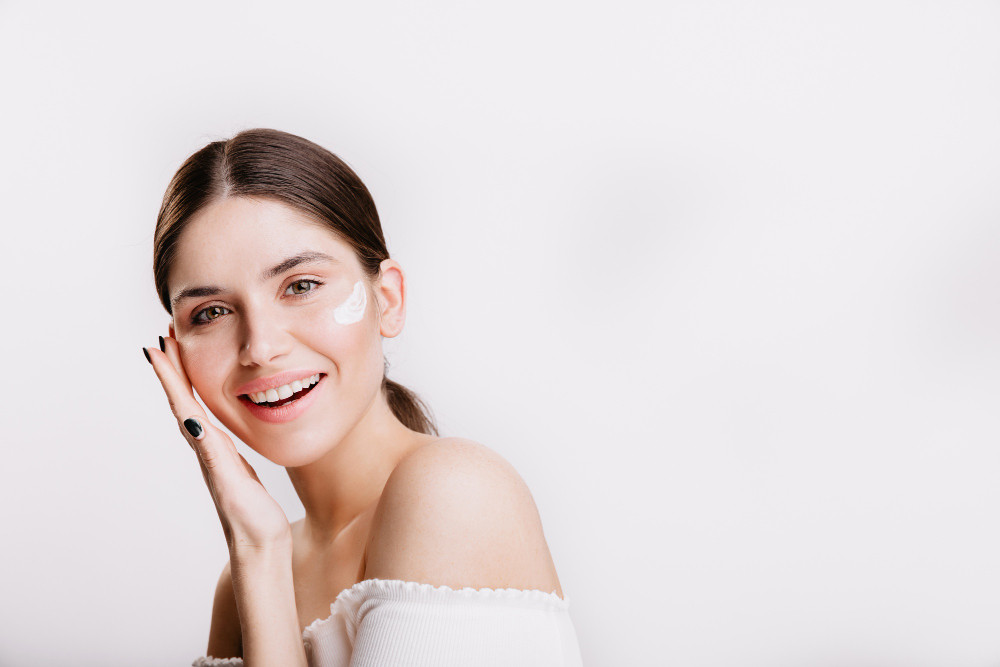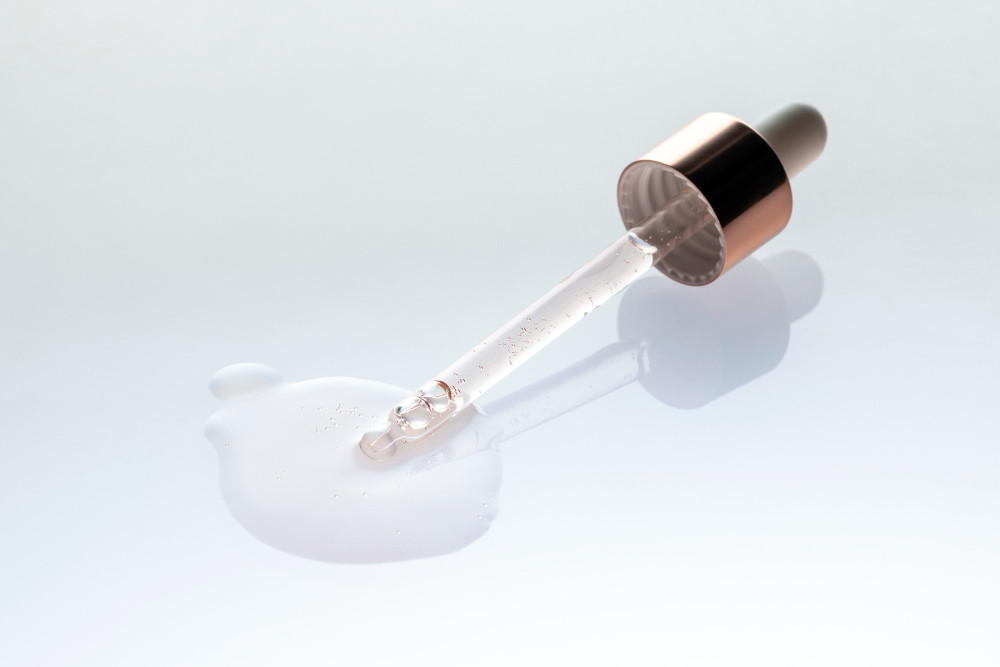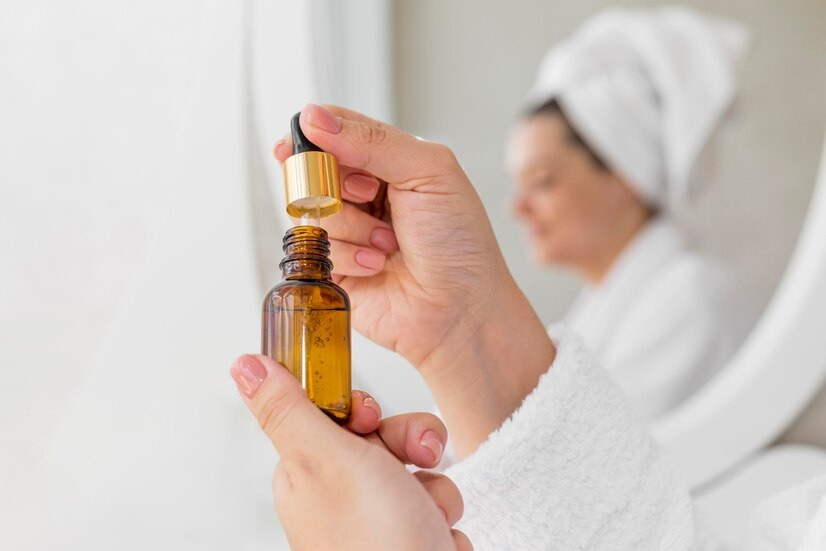Skincare products containing retinol are popular due to their anti-aging properties and ability to treat acne. Retinol is a form of vitamin A that stimulates collagen production, reduces facial wrinkles, and promotes skin cell regeneration.
Regular use of retinol can also help reduce hyperpigmentation and dark spots on the skin, resulting in a brighter, more even complexion. However, it is important to note that using retinol may result in some skin side effects.
The side effects of retinol
Retinol is a safe ingredient to use in skincare products, but this does not mean it is without side effects. When using skincare products containing retinol, you may experience some of the following side effects:
- Dry skin
- Causes skin to be more sensitive to sunlight
- Inducing more severe acne breakouts
- Skin discoloration
- Skin irritation
- Itching
- Redness
- Skin peeling
- Formation of scabs or skin blisters
- The skin feels warm, like it has been stung
Read more: This Is The Right Amount to Use Retinol
How to reduce the side effect of retinol
Here are some steps you can take to reduce the risks and maximize the benefits of using retinol:
- Start with a low concentration of retinol and gradually increase it to allow the skin to adapt
- Avoid applying retinol to sensitive areas like the eyelids or lips, which are more prone to irritation
- Avoid using retinol in combination with skin care products that contain other irritant-active ingredients, such as salicylic acid
- Before applying the product to your entire face, perform a skin reaction test on a small area of skin
- Look for signs of irritation, like dry skin, excessive peeling, and redness
- Be cautious when using skincare products containing retinol, especially when pregnant or breastfeeding
- Using retinol at night and applying sunscreen with SPF 30 or higher in the morning
- Do not overuse retinol and follow the usage instructions on the label or your doctor's instructions
- Using a moisturizer with safe ingredients to reduce skin dryness caused by retinol
Also read: Discover Bakuchiol, an Alternative To Retinol to Prevent Early Aging
How to use products containing retinol
Lotions and creams are the most common types of skincare products that contain retinol. Here's how to maximize their benefits:
- Cleanse your hands and face with a mild formula cleanser
- Gently dry the skin and wait 20–30 minutes until it is completely dry
- Applying a cream or lotion containing retinol to the recommended areas
- Use a moisturizer to prevent skin dryness
Not all skin types may be suitable for using skincare products containing retinol. If you are unsure and want to learn more about the benefits or suitability of retinol for your skin, see a dermatologist.
If you need medical advice or consultation, you can either visit a doctor or make use of the consultation features that are available in the Ai Care application by downloading the Ai Care application from the App Store or Play Store.
Looking for more tips and tricks for health, first aid, and other home treatments? Click here!
- Sean Edbert Lim, MBBS
Mary Anne Dunkin (2023). Retinoid Treatment and Your Skin. Available from: https://www.webmd.com/beauty/retinoid-gel-and-cream-treatments
Cleveland Clinic (2022). Retinol. Available from: https://my.clevelandclinic.org/health/treatments/23293-retinol
Kristeen Cherney (2023). How Does Retinol Work on the Skin?. Available from: https://www.healthline.com/health/beauty-skin-care/how-does-retinol-work
American Academy of Dermatology Association. How to Select Sunscreen. Available from: https://www.aad.org/public/everyday-care/sun-protection/shade-clothing-sunscreen/how-to-select-sunscreen
Madeleine Burry (2023). Retinoids: Types, Benefits, and How to Use. Available from: https://www.health.com/condition/skin-conditions/use-retinoid-products-safely











